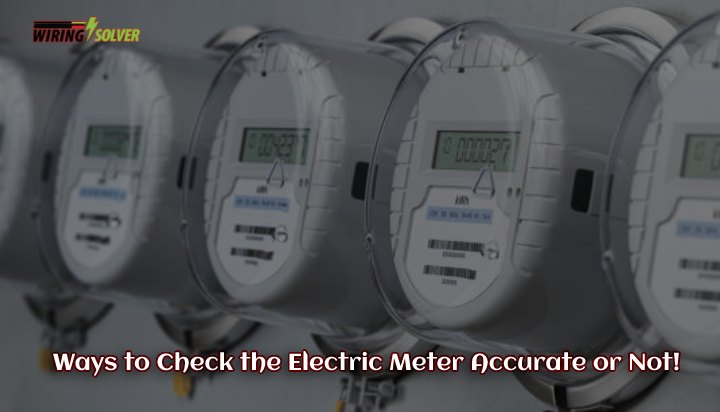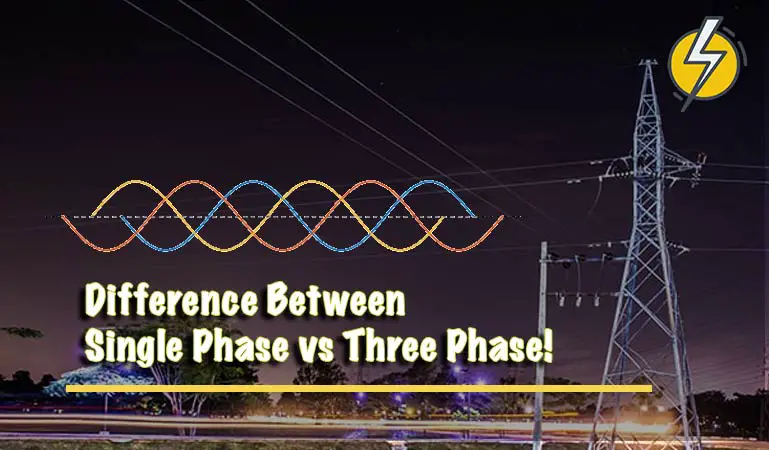Voltage and Amperes are some of the more common units of measurement when talking about electricity. For someone new to the field, they might be confusing, and you might not know what they mean. Fortunately, this article is here to help illustrate the difference between volts and amps.
We’ll look at what the two units of measurements denote and help you get a better understanding. Then we’ll look at the differences between the two.

What Is Volts?
Volt is the SI unit of measurement that is used to measure the voltage, potential difference, or electromotive force of an electric circuit. When you buy a battery, you’ll often see a voltage rating on it, like 12V or 6V. To power an electrical machine, you need a power source to promote the flow of electrons. Volt is a measure of that.
To better understand it, we can make use of the tried and tested water pump analogy. The purpose of a water pump is to pump water from one place to another. The water on its own won’t move to another place, so you need some help moving it. So the water pump applies the pressure that is used to pump the water to somewhere else.
If you think of points where you have to transfer water from and to as a wire, you’ll realize that the water pump is a sort of battery. The pressure the water pump exerts to move the water is analogous to the voltage, which causes electricity to flow through the wire. This voltage is measured in volts.
When we look at amperes, we’ll return to that analogy.
Quantifying Voltage
Thinking about the example set above, we can say that voltage is simply the energy needed to move a certain amount of charge. So volt is the unit of energy (Joule) divided by the unit of charge (coulomb), so Joule/Coulomb.
What Is Amperes?
Amperes is the SI unit of measurement that is used to measure the current in a circuit or device. For any electrical circuit or device to work, the current needs to flow. However, higher current flow can result in a device being damaged or a wire being burnt. This is why a unit of measurement for current is needed, or else we would be burning every device down.
Continuing from our water pump analogy, we’ll now focus on the water being pumped. The pump allows a certain volume of water to flow at a certain speed. This rate of water transfer can either be increased by making the pump let out more water or pump it out at a faster speed.
If we compare the water to charge in a wire or conductor, the analogy will become clearer. Charge flows from one end of a wire to another. If more charge flows through the wire, then more electricity is transferred. If the speed at which the charge flows is increased, electricity transferred will also increase.
This rate of flow of charge is known as current, and this current is measured using the unit ampere or amp. Higher ampere ratings denote a higher rate of flow of charge.
Quantification Of Ampere
To summarize, the unit ampere denotes the current, which is the rate of flow of charge. Since the unit of charge is the coulomb, and we measure the rate, the ampere is the unit of charge (Coulomb) divided by the standard unit of time (Second). Thus, Coulomb per second.
Voltage Vs. Amperage
Since we’ve looked at the two separately, we can now try to find out the differences between them.
1. Unit Of Measurement
Volt is the unit of measurement for the force or pressure that causes charge to flow through a wire or device. Amp is the unit of measurement for the rate of flow of that charge.
2. Measuring Quantity
The electromotive force in a circuit is denoted using volt. The potential difference between two points is also denoted using volt. An electric current in a circuit or device is denoted using amps.
3. Measuring Instrument
Volt is measured using a voltmeter, which is connected parallel across the point of measurement. Amp is measured using an ammeter, which is connected in series in the point of measurement.
4. Danger
Higher amp ratings are generally more dangerous than higher volt ratings.
Also Read: Single Phase vs Three Phase
Conclusion
These are the key differences between volts and amps. It’s important to have a clear understanding of them if you’re planning on going further into the field of electrical engineering.






